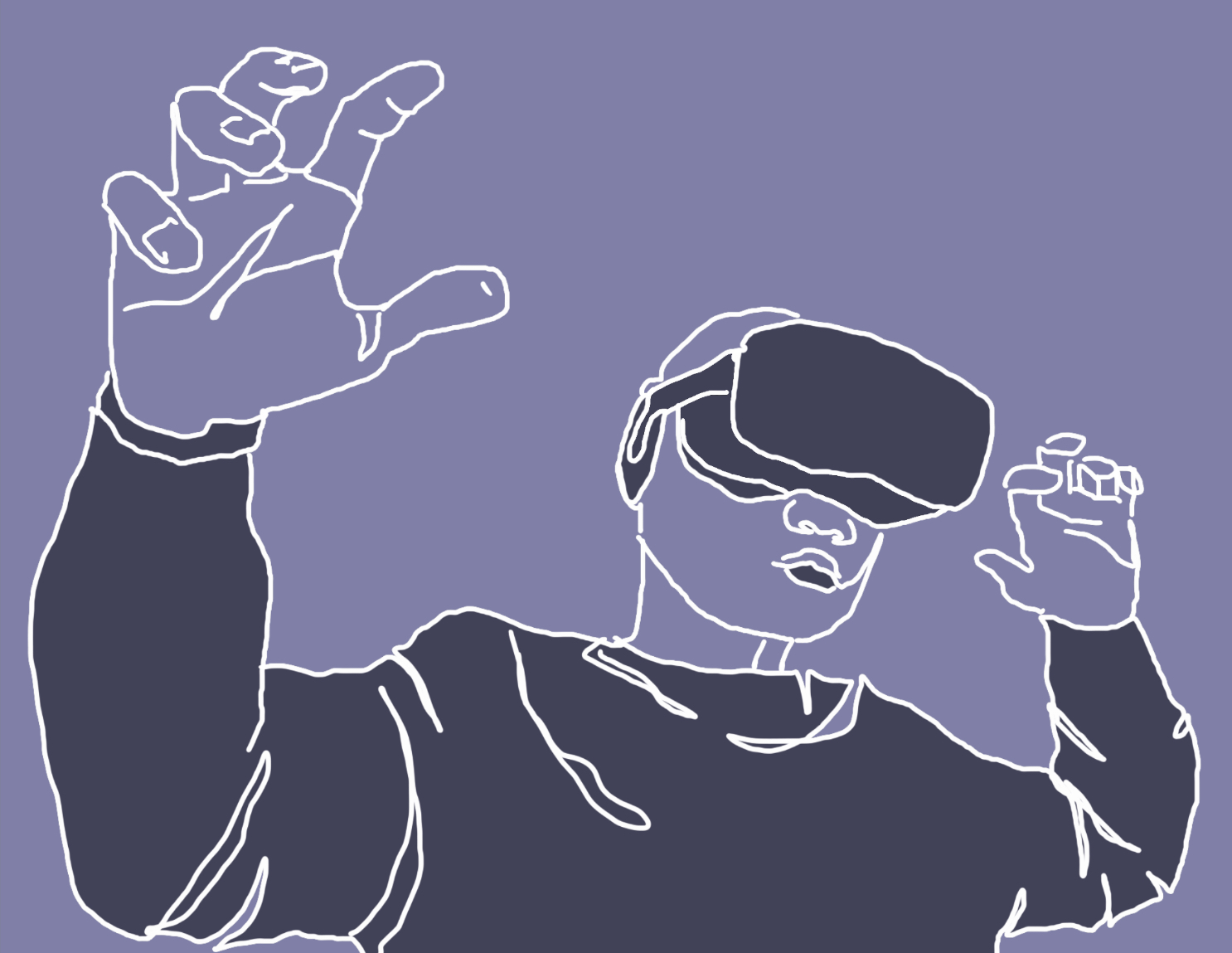Imagine stepping into your favorite movie, show, or video game—surrounded by a fantasy world. That is the power of virtual reality (VR): to immerse someone in an experience they can’t get in real life. But what if we were able to use that power to reflect reality and help those who struggle in real-life situations? Researchers asked themselves that question to help people with autism.
What is Autism?
It’s important to remember that autism is not a singular disorder; instead, it has a range of symptoms and severities, which is why autism is also known as Autism Spectrum Disorder (ASD). ASD is a developmental disorder generally detected in children two years or younger. It is best to get diagnosed early, as treatments and services should start at the youngest possible age. ASD is a lifelong disorder, but treatment can help alleviate some symptoms.
Current diagnostic methods are to observe a patient’s behavior. At certain intervals during a child’s development (up to 30 months), an infant will have check-ups that review their behavior and development. If ASD is detected, then further scans, such as neurological examinations, cognitive and language ability assessment and further examinations of the child’s behavior, will be conducted.
Diagnosing ASD in teenagers and adults is trickier; usually, the patient needs to be aware of their behavioral differences. Doctors no longer provide check-ups of their behavior either; a person would need to notice their differences (typically hard for people with ASD) and then see medical experts.
Enter VR
VR is a tool that can completely immerse a person in a scenario. This immersion allows doctors to study how a patient behaves at home, school, work and other environments in their office. This information helps diagnose ASD and can be used to see the severity of symptoms.

The uses of VR don’t stop at just diagnosis; the technology can also be used to research and treat ASD. Patients, especially children, can be put into situations where they use their language or cognitive skills. Training these skills with VR will assist individuals in using these abilities in the real world. Many companies started implementing these techniques into their treatment methods.
Floreo is the leading company working to bring mental health and VR together. Floreo’s co-founder and CEO, Vijay Ravindran, has an autistic son. Ravindran noticed his son’s striking reaction to VR and with the help of others, found this as a starting point to start researching the connection between autism and VR.
Rita Solórzano, the Director of Applied Digital Therapy at Floreo, has a history of working with ASD patients. As she said in an interview, Solórzano believes that VR is a good treatment method because “In VR, the optimal environment can be engineered to create the exact set of circumstances that you are trying to teach.” Treatment methods can be difficult if the treatment differs too much from a patient’s situation. “If you create a virtual school hallway with virtual peers, then it should be easier for a student to transfer that skill,” Solórzano says.
Floreo’s efforts extend further than just autism, as they research other disorders as well. Clinical trials from many sources have provided strong results when applying VR to combat other mental diseases, such as anxiety, schizophrenia, and post-traumatic stress disorder, or PTSD. VR can put people with these diseases in situations that apply to their specific needs, just as it can with autism. VR is becoming more and more versatile in the field of mental health.
As we can see within the past few years, VR is becoming increasingly available to the public. A benefit of VR treatment is that patients can get the help they need right at home without going to a doctor’s office or therapy center. Solórzano believes that “as the technology improves, becomes more mainstream, and more affordable, applications for VR will be discovered to support people with various profiles. VR has the potential to be an appealing and effective learning tool for a wide variety of individuals regardless of age or language level.”
- Researchers are investigating the use of virtual reality headsets for helping those diagnosed with autism.
- Autism Spectrum Disorder (ASD) is a lifelong disability, but treatment can help alleviate some symptoms.
- Information gained through the use of VR helps diagnose ASD and can also be used to measure the severity of symptoms.
Sources
Interview with Director Rita Solórzano. Interview by Ranbir Narula.
Floreo Website. https://floreovr.com/
“Screening and Diagnosis of Autism Spectrum Disorder.” Center for Disease Control. Last modified March 31, 2022. https://www.cdc.gov/ncbddd/autism/screening.html
Freeman, Daniel. “Studying and Treating Schizophrenia Using Virtual Reality: A New Paradigm.” March 28, 2008. https://doi.org/10.1093/schbul/sbn020
Srivastava, Kalpana, Das, R. C., & Chaudhury, S. “Virtual reality applications in mental health: Challenges and perspectives.” July – December 2014. https://doi.org/10.4103%2F0972-6748.151666
“Autism Spectrum Disorder.” National Institute of Mental Health. Last modified February 2023. https://www.nimh.nih.gov/health/topics/autism-spectrum-disorders-asd
Editorial Team
- Chief Editor: Annika Singh
- Team Editor: Aanya Bulusu
- Image Credit: Maggie Liu
- Social Media Lead: Melia Hillman
Mentor
Amber Snyder is a staff writer for the NIH Record at the National Institutes of Health, where she writes science and news articles and social media posts. She enjoys learning about science and educating others. She previously attended Johns Hopkins University where she studied science writing. She also attended Sweet Briar College, where she studied biology and creative writing.
Content Expert
Rita Solórzano, MA, CCC-SLP is the Director of Applied Digital Therapy at Floreo, a VR company seeking to create the first behavioral therapy metaverse. With decades of experience working as a speech language pathologist, Rita has been a participant in and witness to the evolving role of technology in creating therapies to address developmental issues. Prior to starting with Floreo, Rita worked in a variety of settings including: private practices, special education schools (some exclusively dedicated to serving students with autism), residential settings, regular education schools, Head Start programs, and a hospital diagnostic clinic. Rita has designed and delivered speech, language, literacy and social communication therapies to students and clients of all ages, but her primary work has been with individuals under the age of 22.

